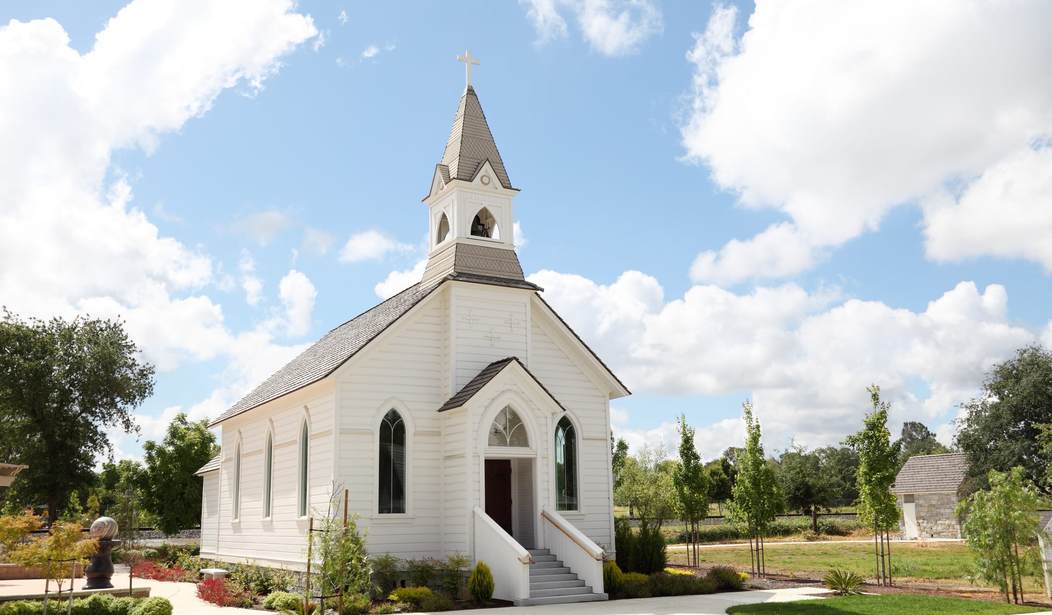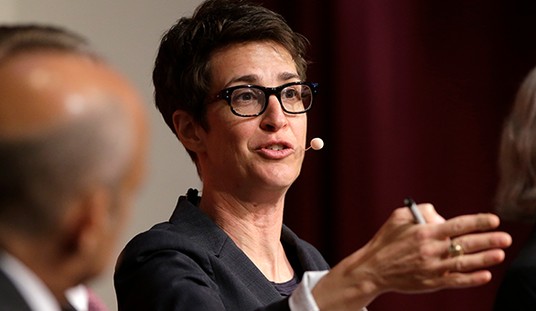For many Christians who are enamored with church-growth principles that define a large membership as a sign of a successful church, multisite campuses are proof-positive of God’s blessings. Over the last few decades, multi-site churches have been springing up in communities across this country. But now, some of the larger, more influential multi-site churches are beginning to transition to a single-site model, turning their multiple locations into autonomous church congregations.
The allure of multi-site churches is understandable. With the main preaching piped in via technology, church attendees are able to hear/see “famous” preachers deliver their sermon without fighting for a seat at the main campus or having to drive a great distance. Larger congregations also mean larger amounts of money is placed into the offering plate. In turn, that allows the church to provide a larger variety of ministries such as larger youth programs, more extensive counseling ministries, and well-funded benevolence funds — things that can be of great benefit to the congregation.
However, well-filled coffers also provide the temptation for churches to treat their congregations as mere consumers, which, sadly, is what some church goers want. To continue to keep people filling the many pews spread across several campuses, churches tend to begin providing goods and services that are unneeded and that can be a distraction to the main purpose of churches — the preaching of God’s Word. Well-stocked coffee bars, family-friendly gyms, and a variety of “Christian”-themed amenities are a product of the seeker-sensitive movement that embraced the multi-site model. As the previous century came to a close, many churches looked more like a mall than the place where God’s people worship their Creator.
In an article published by c provides twenty-two problems with the multi-sited model. For the sake of space, I’m only going to list one of the reasons. I encourage you to read the article linked to here.
In the article Leeman correctly diagnoses that
Multi-site churches which use video preaching unwittingly communicate that singing is more significant for Christian growth and closer to the heart of worship than hearing God’s preached Word. After all, how many multi-site churches stream their music over video from a central location? A church wouldn’t dare import the music, it’s thought. People need to engage with a live band. People need their music authentic, personal, enfleshed. But preaching? Apparently, it can be imported from afar.
Thankfully, as I mentioned in my opening paragraph, some of the more prominent multi-site churches are abandoning the model. When Tim Keller retired from the role of main-teaching pastor earlier this year, Redeemer Presbyterian Church of NYC began the process of turning its three campuses into “three distinct churches.”
Likewise, located in Dallas, the Village Church pastored by Matt Chandler will cease to be a multi-site church. The Village Church explains the decision on the church’s website:
“We feel led by the Holy Spirit to transition our five campuses into autonomous churches by 2022. It will be risky and take courage, but we believe this move gives The Village Church the best opportunity to reach DFW and beyond with the gospel of Jesus Christ.”
In a video, Pastor Chandler reveals that his “heart was always multiplication. We wouldn’t want to just kind of horde people and resources in one location, but we really wanted to be actively involved in seeing gospel works planted around us.”
Chandler then goes on to detail how the Village Church expanded to five campuses. He frames the growth into a multi-site church as a season of learning and preparation for the next step. Throughout their growth, Chandler and the other church leaders continued to pray and consider what to do about the multi-sites; their hearts were always geared towards planting actual local churches instead of hoarding campuses under one ministry.
With the process having already begun, the Village Church’s goal to complete the transition from a multi-site church into five local churches by 2022 is honorable. By God’s grace, more multi-site churches will follow the model of Redeemer Presbyterian Church of NYC and Dallas’ Village Church. More local churches being pastored by a resident pastor is a good thing.









Join the conversation as a VIP Member